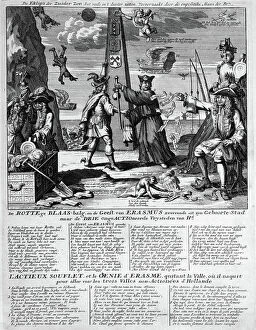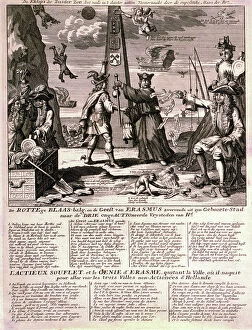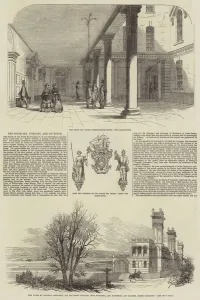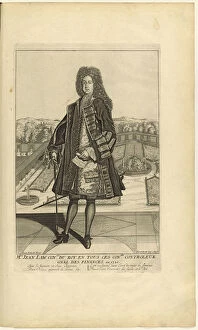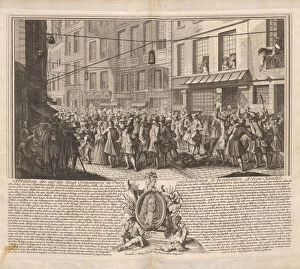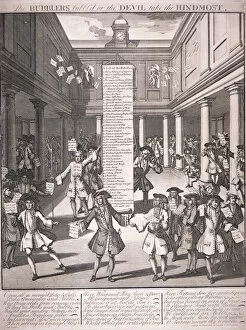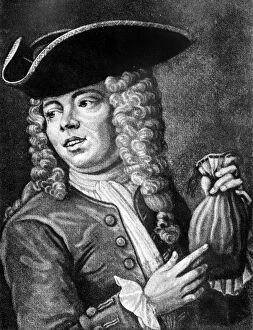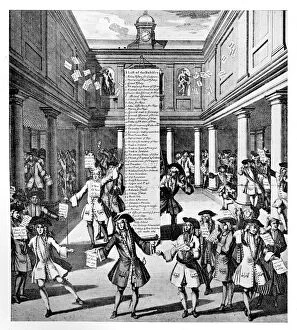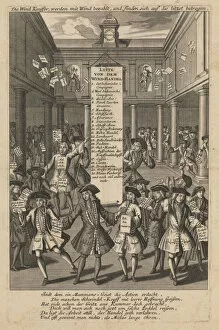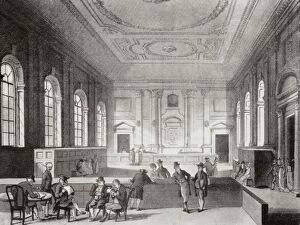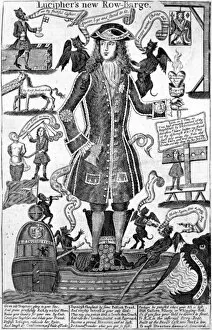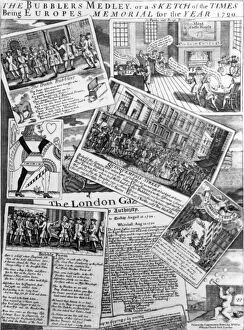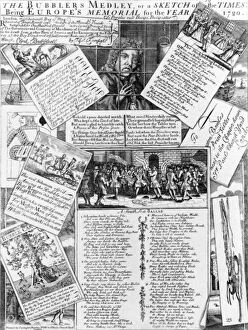South Sea Company Collection
"The South Sea Company: A Tale of Greed and Ruin" Step back in time to 18th century London
All Professionally Made to Order for Quick Shipping
"The South Sea Company: A Tale of Greed and Ruin" Step back in time to 18th century London, where the allure of wealth and prosperity captivated the hearts and minds of many. The South Sea Company, with its grand House on Fenchurch Street and Threadneedle Street, stood as a symbol of power and opportunity. But behind the elegant engravings depicting these prestigious buildings lay a dark tale of deception. The South Sea Scheme, masterminded by William Hogarth's brilliant mind, promised unimaginable riches to those who dared invest. Little did they know that this scheme would lead to their downfall. John Law, an enigmatic figure whose portrait remains anonymous, played a pivotal role in this financial frenzy. His charisma lured countless individuals into investing their fortunes in hopes of securing a better future for themselves and their families. As investment schemes flourished like never before, greed consumed society. Contemplation for the greedy world on the rise became a common sight – a reminder of how easily one could be enticed by promises too good to be true. Amidst this chaos was Katherine Seigneur, John Law's wife. Her portrait tells us that even she fell victim to the allure of quick wealth. Yet little did she know that her husband's actions would lead to ruin for so many innocent shareholders. The infamous South Sea Bubble burst in 1720, leaving devastation in its wake. Ruined shareholders found solace only at the memorial arch erected at their burial place – a haunting reminder of their incredible folly. Even across borders, echoes of this catastrophe reverberated through Europe. The wind-trade on Rue Quincampoix in Paris mirrored London's madness as people chased after illusory profits without realizing they were caught up in another bubble waiting to burst. Dutch satire captured the absurdity surrounding the South Sea Bubble perfectly – reminding us all that history has always been filled with lessons to be learned.

